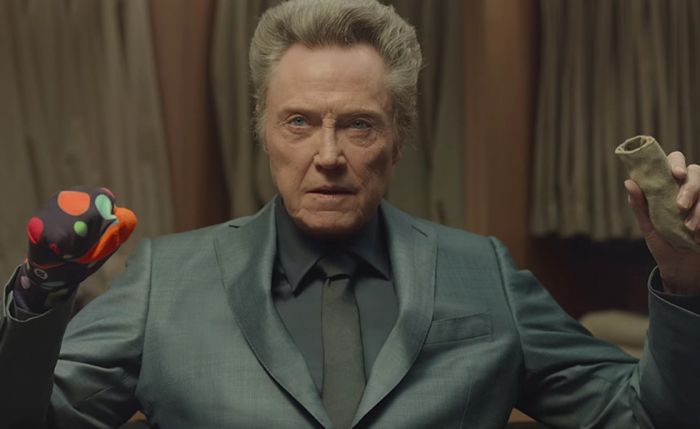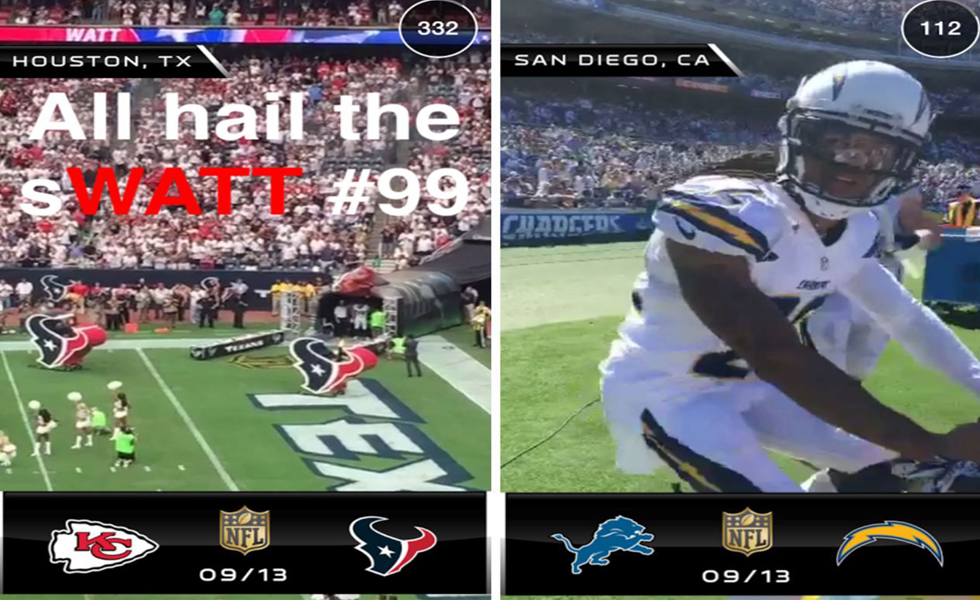Google, Mini and Kia share the secrets to Super Bowl success

The Super Bowl remains a huge draw for brands looking to resonate with the key North American audience. A record 114.4 million Americans tuned into last year’s match while, since 2006, the Super Bowl[1] has generated $2.38bn of network advertising sales from more than 130 brands, according to Kantar Media.
But with the rise of social media and increasing competition, achieving stand out success is tougher than ever before. Marketing Week caught up with some of the most senior marketers at Google, Mini, Kia and Adobe to quiz them on how they aim to remain relevant at Super Bowl 2016.
Fighting to be authentic
While Mini may be iconic in the UK market, it’s fair to say that its brand awareness in America is more of the niche variety.
In a bid to boost its appeal across the Atlantic, Mini will launch its ‘Defy Labels’ campaign during the Super Bowl. The 30-second spot will feature the likes of tennis star Serena Williams and skateboarder Tony Hawk discussing how they’ve defied stereotypes to achieve success.
The celebrity contributions are a juxtaposition to Mini’s own mission to be known for larger vehicles with the launch of its new Clubman – its biggest ever car.
Tom Noble, Mini’s head of marketing for the US, told Marketing Week: “A lot of people in America only think we’ve been around since 2002, when Mini was relaunched by BMW. We’ve been labeled chic, underpowered, even as a toy car. We’re essentially selling smaller sized cars in a market where people want to buy the biggest car possible.”
To address these negative views, Noble says the brand has turned to more emotional ways of storytelling for the Super Bowl campaign. He believes brands must go deeper, rather than offering conventional celebrity endorsements.
“Celebrity tie-ups have to be authentic and truly speak to the audience or the viewer will just continue looking at their phone,” said Noble.
“Whether it was Serena or Harvey Keitel, none of the interviews we did for this campaign were scripted. There is a 30-second ad, but you can also see 10-minute interviews with our talent online too. In 2016, it is much better that a Super Bowl story works long term and isn’t just an isolated 30-second ad in February.”
Another trend Noble anticipates is brands taking themselves a lot less seriously for this year’s Super Bowl. He believes the current tense political climate in the US means entertainment is a contributing factor.
“The US political parties are so far apart right now and there’s so many labels being thrown around that the public are looking for entertainment and want to just forget their problems for the afternoon”.
Tom Noble, Mini’s head of marketing for the US
He added: “You’ll see a move back to humour, brands will be less serious.
Using digital to your advantage
Pepsi’s recent announcement that it would be investing 40% of its Super Bowl budget into digital channels was perhaps a sign of the times.
While TV remains the key channel for Super Bowl advertising, ensuring a campaign is properly amplified is making the live-ad capabilities of Snapchat, Twitter and Google more compelling.
Google’s head of brand solutions Alison Lomax says the digital space is no longer world’s apart from TV.
She told Marketing Week: “Last year more than 300,000 hours of Super Bowl ads were watched on YouTube and this year it is even more popular for advertisers as Super Bowl ad space is getting more and more expensive.
“People watched over 3 billion minutes of American football-related content on YouTube, 840 million minutes of which were Super Bowl ads. YouTube has become the place the world goes to watch Super Bowl content, before and after, and as part of the international spectacle too.”
Lomax says mobile will be the biggest new trend for Super Bowl 2016 as more and more NFL fans dual-screen during American football’s biggest match. Ahead of this year’s match, Americans have already watched nearly 200 years worth of Super Bowl ads and teasers on YouTube, with more than half of all views coming from mobile devices.
 Google and Snapchat (above) are both teaming up with the NFL to drive digital spend during the Super Bowl
Google and Snapchat (above) are both teaming up with the NFL to drive digital spend during the Super Bowl“The most exciting channel for marketers this year is mobile as second-screening is bigger than ever and game-day viewing is no longer just about the TV,” she explained.
“YouTube has become the go-to place for second-screening during live events and in 2015, 60% of all Super Bowl ad views were mobile. The brands that see success will be those that have a strong mobile presence – whether that’s through YouTube teasers and video uploads timed with the key moments throughout the build-up and the game itself – or through fully integrated mobile marketing campaigns to reach their global audience before, during and after the big game.”
Turning to data and social influencers
Kia is taking an unconventional approach to its own Super Bowl campaign. The humorous spot stars actor Christopher Walken, who appears to live in a closet and describes the South Korean[2] brand’s new Optima car as “as the world’s most exciting pair of socks”.
And Michael Sprague, chief operating officer and EVP of Kia Motors America, says the rise of social influencers means the car brand has completely changed the way it advertises around the Super Bowl.
“This year, we are the brand to utilise a new technology solution from Influential that connects brands to some of the most highly engaged influencers on social media,” said Sprague. “Influential helped us select and activate the most relevant social media influencers to create content.
He added: “We also identified and engaged with influencers by partnering with the social media creator network Niche. In the weeks leading up to the Super Bowl, nearly 100 of these influencers received a pair of the colorful Stance socks from the ad and were encouraged to share online how they ‘add pizzazz’ to their lives with the AddPizzazz hashtag.”
Adobe, meanwhile, has launched ‘The Gambler’ online ad ahead of Sunday’s game. The ad shows a CMO nervously watching the Super Bowl, in which he has gambled a large chunk of money on advertising against.
Watching his fictional ad spectacularly flop, the advert appeals to marketers to optimise a campaign across all touch points in order to succeed or risk gambling their ad spend away.
John Travis, VP of Marketing EMEA for Adobe, says CMOs must incorporate data into their Super Bowl campaigns.
He concludes: “Our ad is a reminder you need to pay attention to data as if you do not you are going to gamble your company’s money and future on the Super Bowl.
“Digital provides opportunity at scale to personalise and target in a way no other medium in the marketplace can do. The top Super Bowl ads have a long shelf-life as conversation typically lasts online for 25 days after the game. So any marketer that doesn’t think at least about digital or extending their TV campaign onto other digital channels is really stuck in the past.”
References
- ^ Super Bowl (www.marketingweek.com)
- ^ South Korean (www.autoblog.com)









